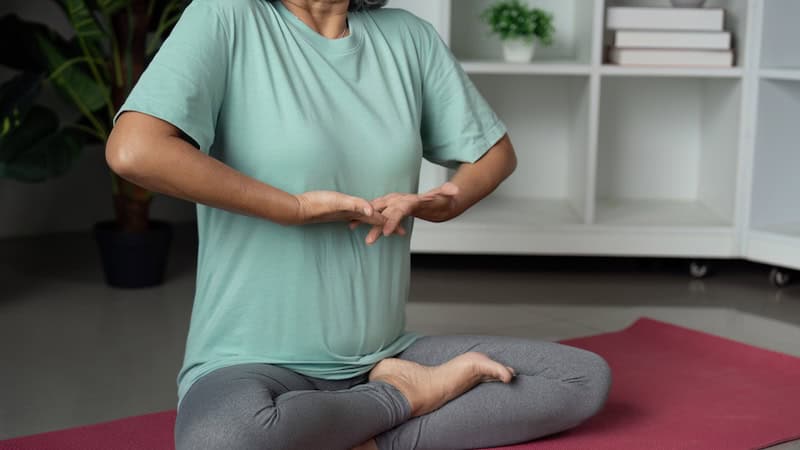Amp Up Your Swimming Workout
Aquatic HIIT produces improvement faster

If swimming is your preferred form of exercise, you can amp up your workout by adding aquatic high-intensity interval training, aka aquatic HIIT or AHIIT.
Question: I swim regularly. I would like to step up the intensity of my exercise, but I am limited because of arthritis in my hips and knees. What can I do in the pool to make it more challenging?
Answer: I suspect you are referring to high-intensity interval training (HIIT). When done in a pool, it’s known as aquatic HIIT or AHIIT. Similar to the on-land popular workout strategy, it alternates bursts of strenuous exercise with rest or lower-intensity activity.
The technique helps you get fit faster than a traditional moderate-intensity workout. HIIT also produces equal or greater improvements in blood pressure, blood sugar, weight loss, and functional ability (such as walking quickly or getting out of a chair), compared with moderate-intensity exercise.
An analysis of 18 studies published online Nov. 14, 2023, by BMJ Open Sport & Exercise Medicine found that people with chronic conditions who took part in high-intensity interval training in the water (AHIIT) experienced a similar boost in endurance (their maximum sustained physical exertion) as people who took part in land-based HIIT.
Almost 900 people were involved in the studies. Conditions among participants included arthritis, low back pain, lung or heart problems, peripheral artery disease, diabetes, obesity, a history of stroke, and spinal cord injury.
While the benefits of AHIIT make it doable for people with arthritis or other exercise limitations, it’s still important to talk to your doctor before giving this strenuous workout a try, especially if you have a heart condition.
Once your doctor gives you the green light, take a gradual approach to AHIIT, depending on your current activity levels.
You might find an AHIIT class at your health club or local YMCA. Or you can try an AHIIT program of your own making. Start with a warm-up, such as treading water for a few minutes (to get your blood flowing and muscles ready). Then, alternate intervals of intense activity and rest or leisurely activity, for a total of 30 minutes. For example:
- Swim laps. Alternate periods of gentle swimming (such as swimming one very leisurely lap) with periods of intense swimming (such as swimming one or two laps as fast as you can). Repeat the process for 30 minutes.
- Do a circuit. Alternate between periods of rest and a circuit of four or five exercises in a row that you do as fast as you can, for about 30 to 60 seconds per exercise. Jog in place or jump up and down on the floor of the pool, scissor your arms back and forth [underwater], scissor your legs back and forth, hang on to the edge of the pool and kick hard, and then rest for a few minutes. Repeat the process until you reach 30 minutes.
Keys to staying healthy over 50
Howard LeWine, M.D., is an internist at Brigham and Women’s Hospital in Boston and assistant professor at Harvard Medical School. For additional consumer health information, please visit www.health.harvard.edu.
©2025 Harvard University. For terms of use, please see https://www.health.harvard.edu/terms-of-use. Distributed by Tribune Content Agency, LLC.

